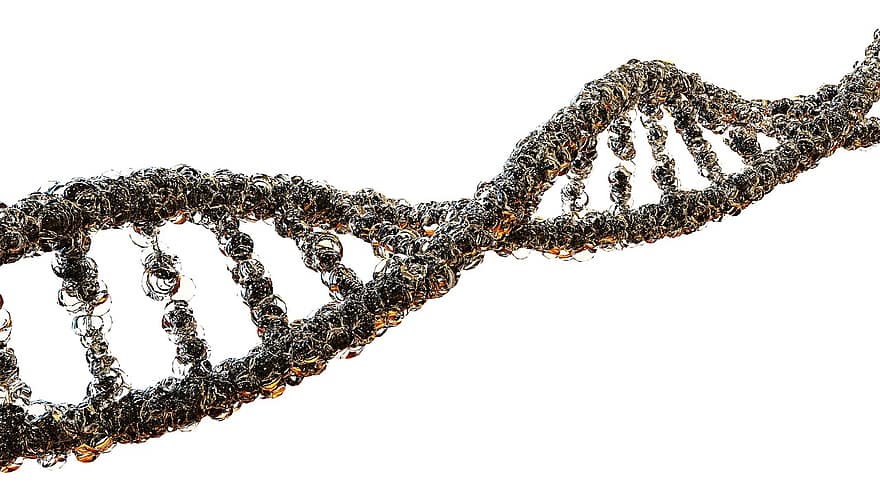Recovery can be overwhelming. Especially all of the jargon used around the term recovery. At BrightView, we say that wraparound services are effective and we also tout the “biopsychosocial” model of care and, but what are these things? There are A LOT of words in those phrases that need to be broken down. At BrightView, we understand that treating a person’s addiction is not a one-way street. There are many avenues that need to be explored. “Wraparound services” is a term used to describe these avenues and the “all encompassing” services that are linked together to help someone in their recovery. To succeed, a comprehensive network of resources needs to be utilized including medication, therapy, and social services; thus, supportively wrapping these resources around a patient. To begin, the bio-psycho-social model (or BPS model) is short for biological, psychological, and social model. So, the first part of the model, or the biological or “bio” part focuses on the genetic and inherited components of a person’s drug and or alcohol use, their age of initial use, and effects on the body itself. It also includes sleep, exercise, diet, and overall wellbeing of the physical body. These biological factors are used to assess the appropriate maintenance medication for a person in recovery. These types of medications, called maintenance medications, are taken on a regular basis for chronic, long-term conditions like how insulin is taken by a person with diabetes. Some examples of maintenance medications that BrightView offers are Buprenorphine and Vivitrol. BrightView also addresses the biological part of the BPS model by educating patients during their medical appointments or their counseling sessions on how to start modifying their lifestyles to be healthier and more active, thus improving their overall physical health. The second part of the Biopsychosocial model is the is psychological component. It is often the psychological aspect of addiction that brings about triggers to use and tries to convince someone that their addiction “is the only way out”. To address the psychological part of the treatment model, BrightView offers structured counseling sessions, both individual and group. These sessions are important for learning how to recognize, address, monitor, and control the thoughts, feelings, and emotions that come with addiction. Often, patients who have found themselves deep in their drug or alcohol addiction for quite some time, have significant issues related to trauma, victimization, stress, and PTSD. These are all factors that can contribute to a person’s drug or alcohol use that are unseen but still need to be recognized and addressed. The last part of the model is the social element. This relates to a person’s overall external environment, including their roles in life as a family member (mother, father, sister, brother, daughter, son. Etc.) and a member of our society (citizen, employee, etc.). Addiction is not known to be kind, and often in active addiction many different elements of a person’s life suffers as well. Therefore, the social aspect of the model intends to help someone put these pieces of their life back together; important pieces like repairing family relationships or regaining custody of children, or helping with judicial/legal issues, and employment, housing, or financial issues. All these social factors in a person’s life are more than likely to be negatively impacted in active addiction. To help our patients, BrightView assigns each of them with a case manager, whose mission is to help our patients “glue these pieces back together.” BrightView is lucky to have many patients that are a proven example that this model works. There are importance factors in all three realms, and successful treatment programs will benefit from taking a biopsychosocial view of the problem of addiction. For more information on the Biopsychosocial model of care, please view this video by our Chief Medical Officer, Dr. Ryan. For more information on Wraparound Services, please view this video by our Chief Medical Officer, Dr. Ryan.

June 3, 2020